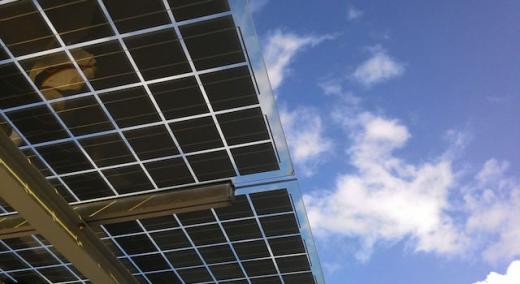Engineers at MIT have developed ultralight fabric solar cells that can quickly and easily turn any surface into a power source.
|
ADVERTISEMENT |
These durable, flexible solar cells—thinner than a human hair—are glued to a strong, lightweight fabric, making them easy to install on a fixed surface. They can provide energy on the go as a wearable power fabric or be transported and rapidly deployed in remote locations for assistance in emergencies. They are one-hundredth the weight of conventional solar panels, generate 18 times more power per kilogram, and are made from semiconducting inks using printing processes that can be scaled in the future to large-area manufacturing.
Because they are so thin and lightweight, these solar cells can be laminated onto many different surfaces. For instance, they could be integrated in the sails of a boat to provide power while at sea, adhered to tents and tarps that are deployed in disaster recovery operations, or applied to the wings of drones to extend their flying range. This lightweight solar technology can be easily integrated into built environments with minimal installation needs.
…

Add new comment